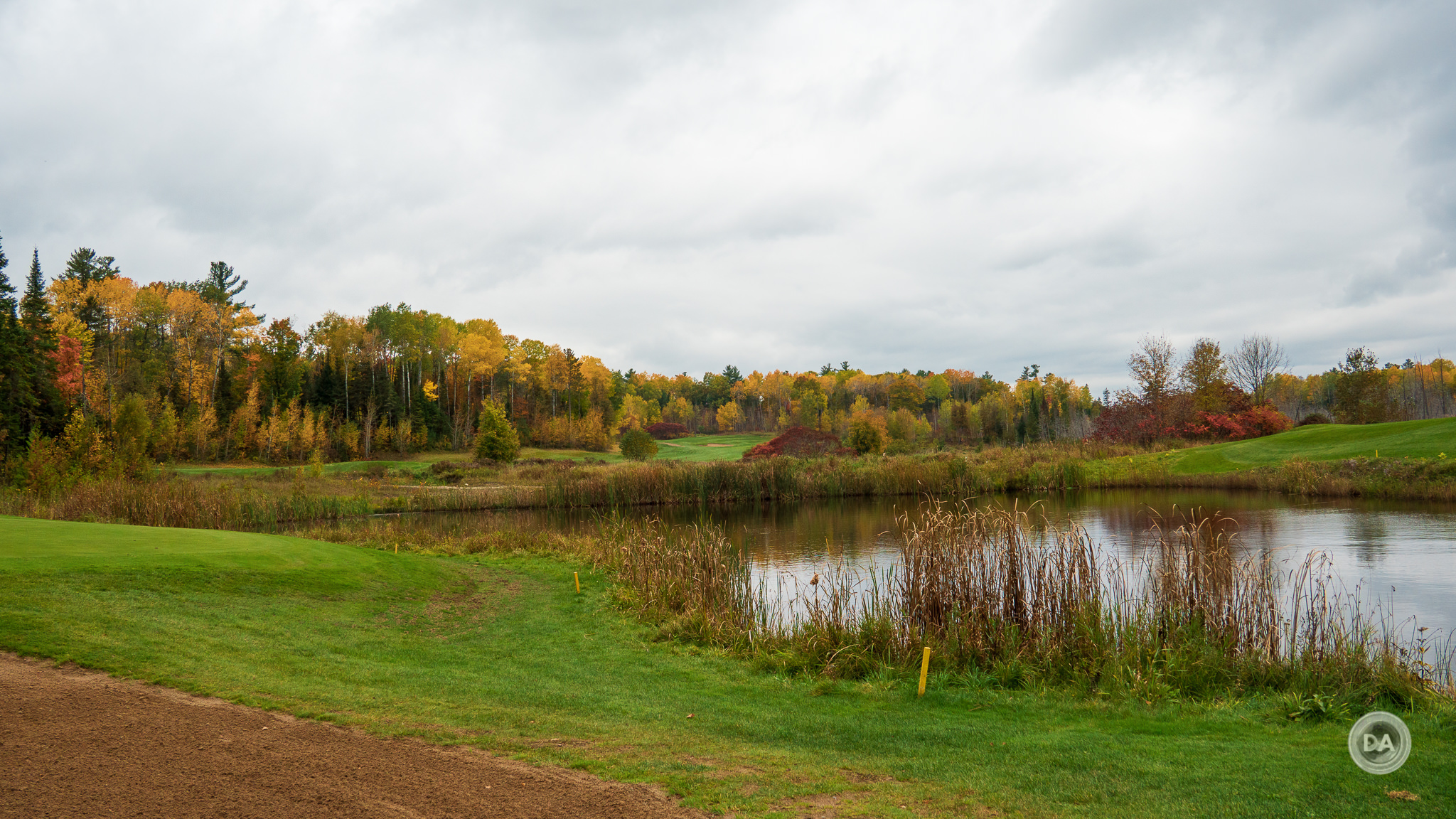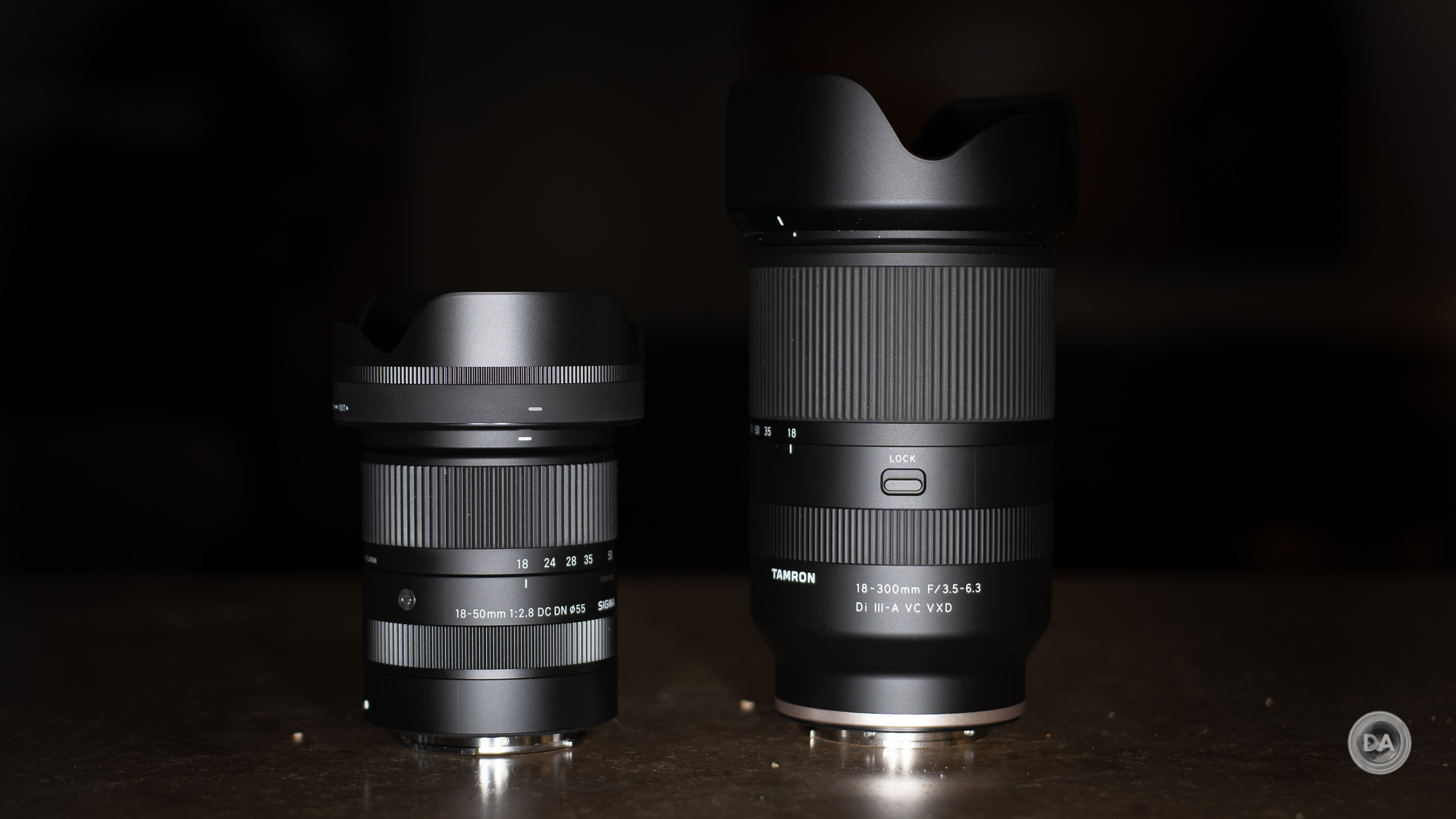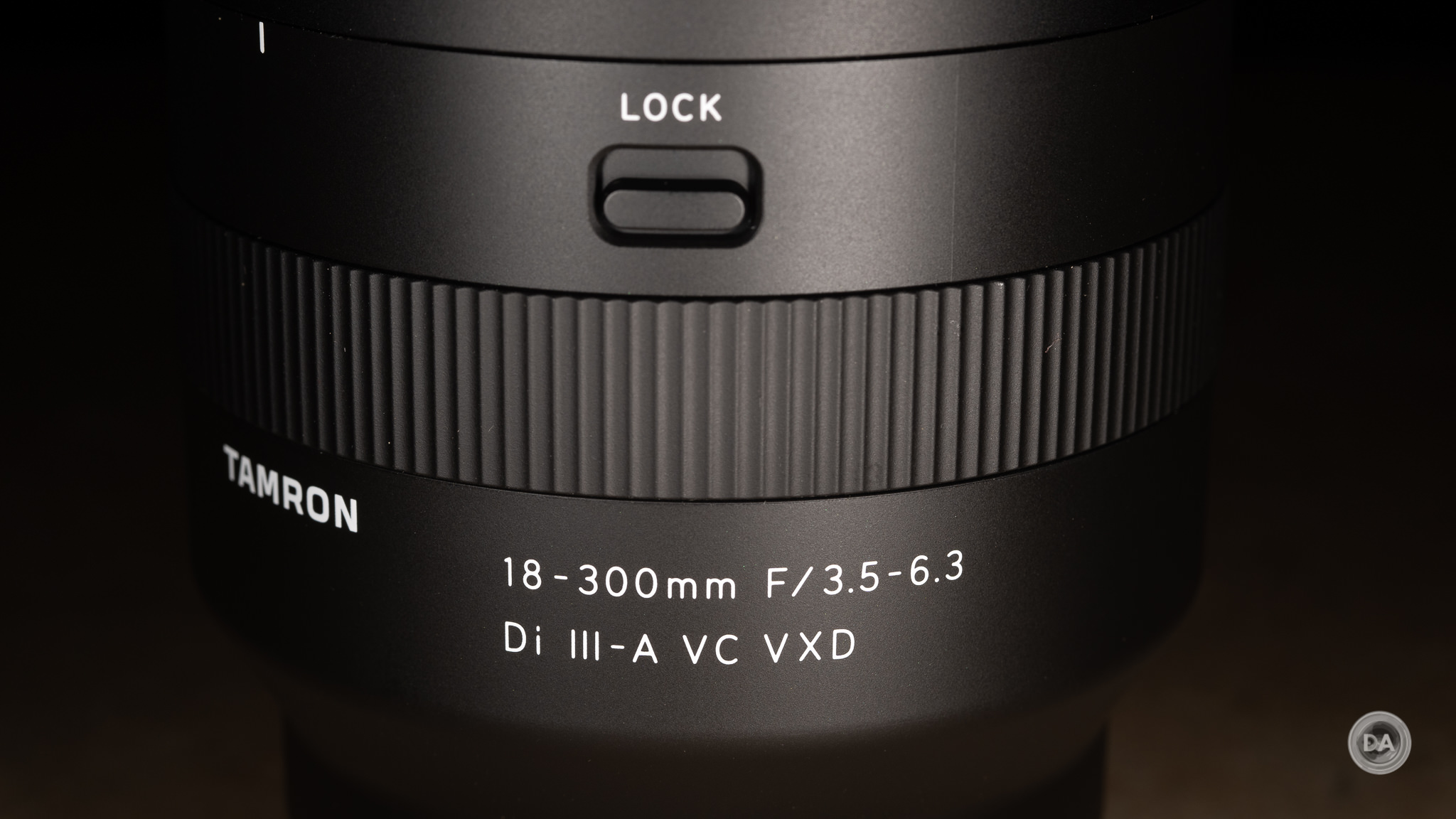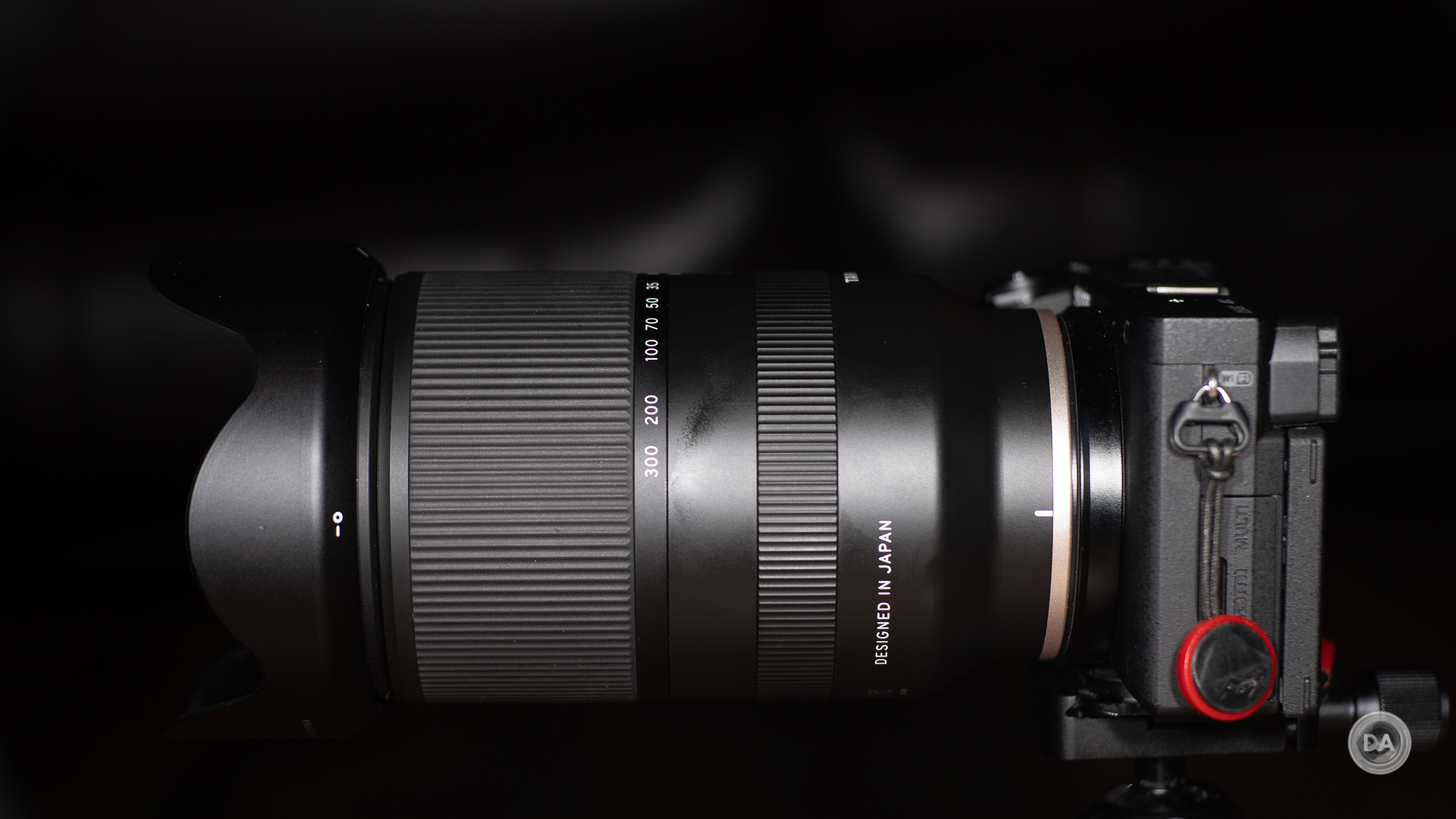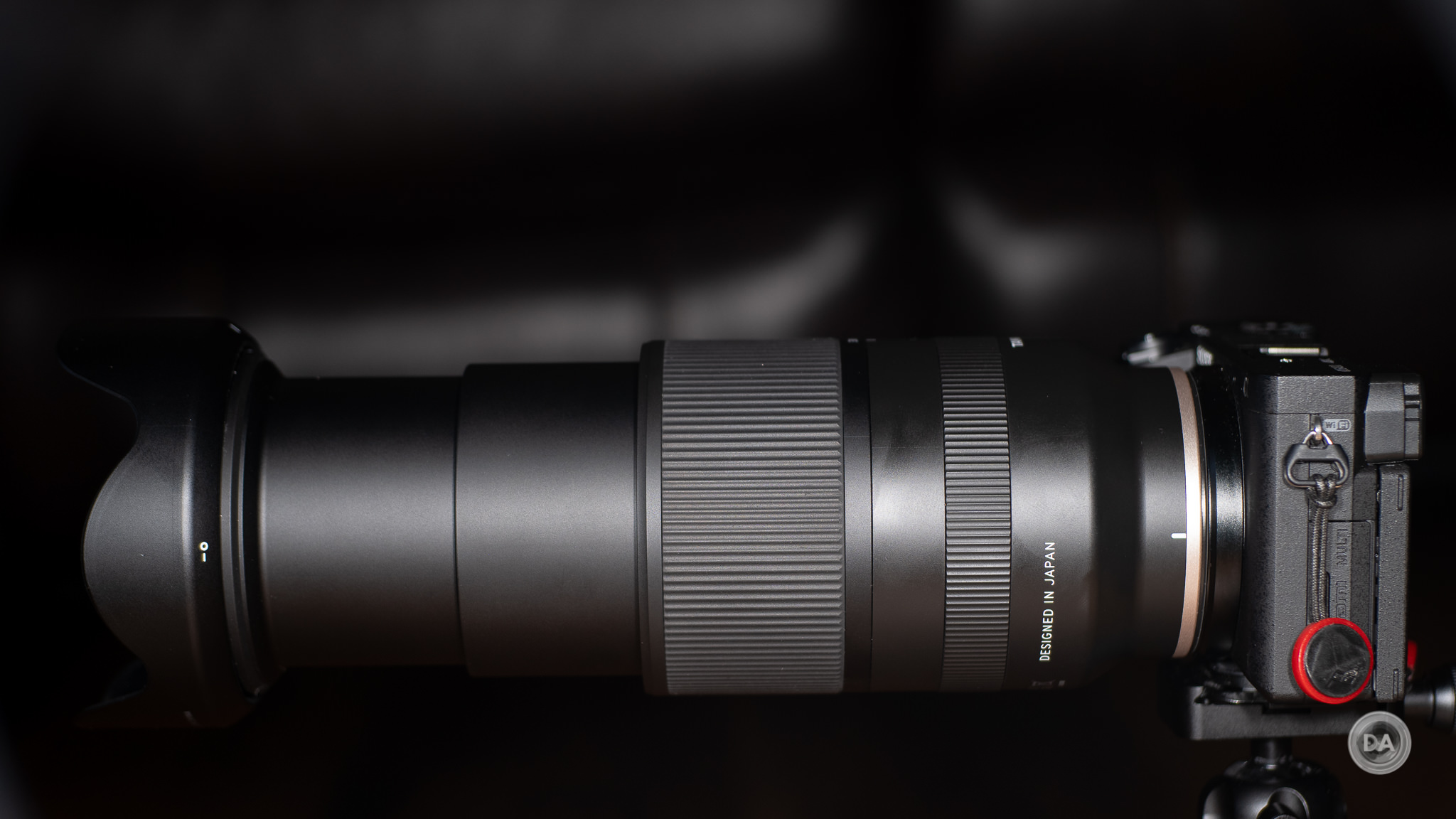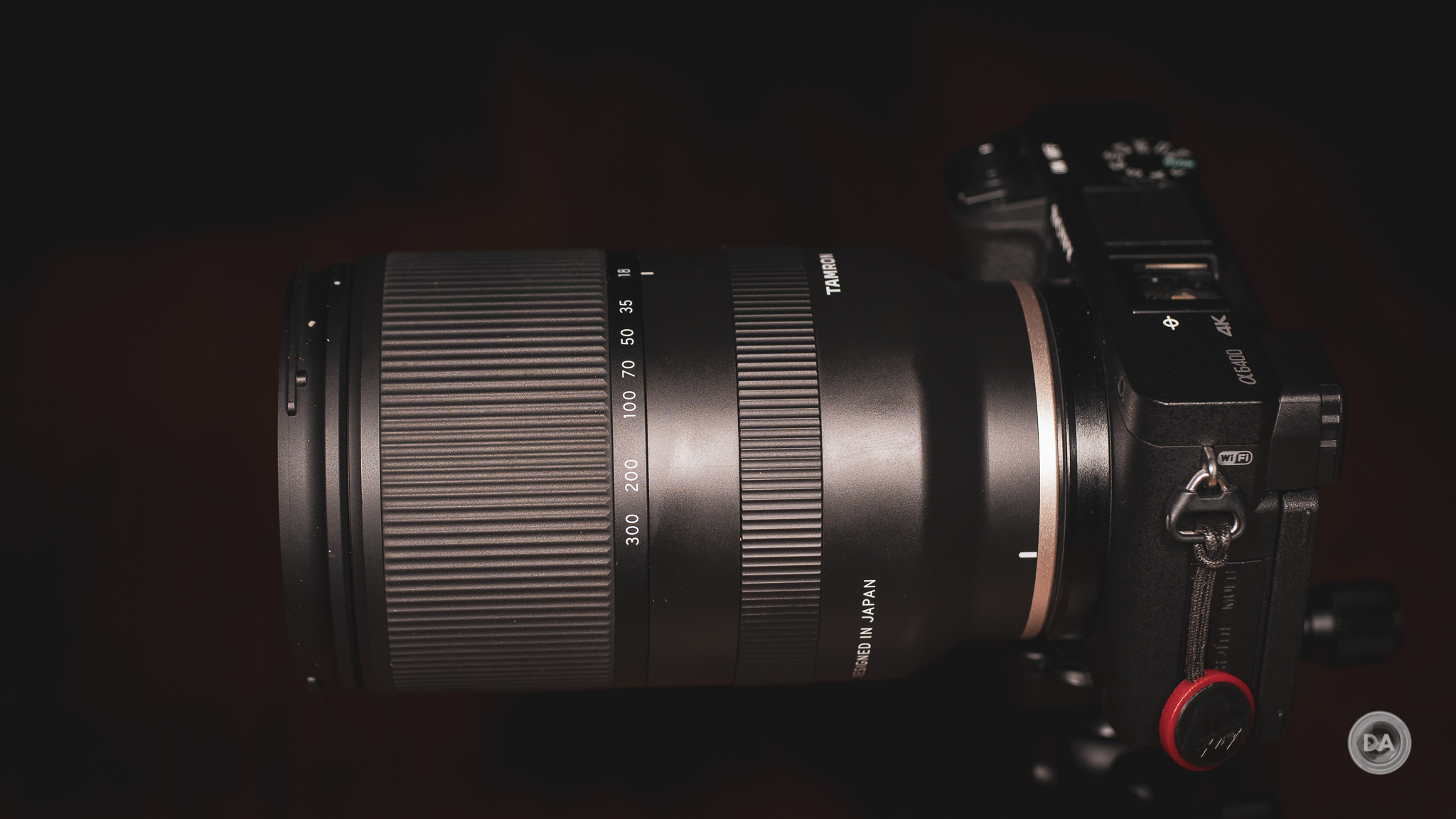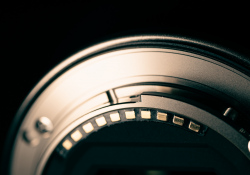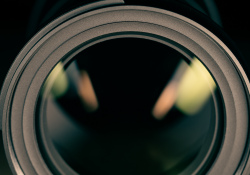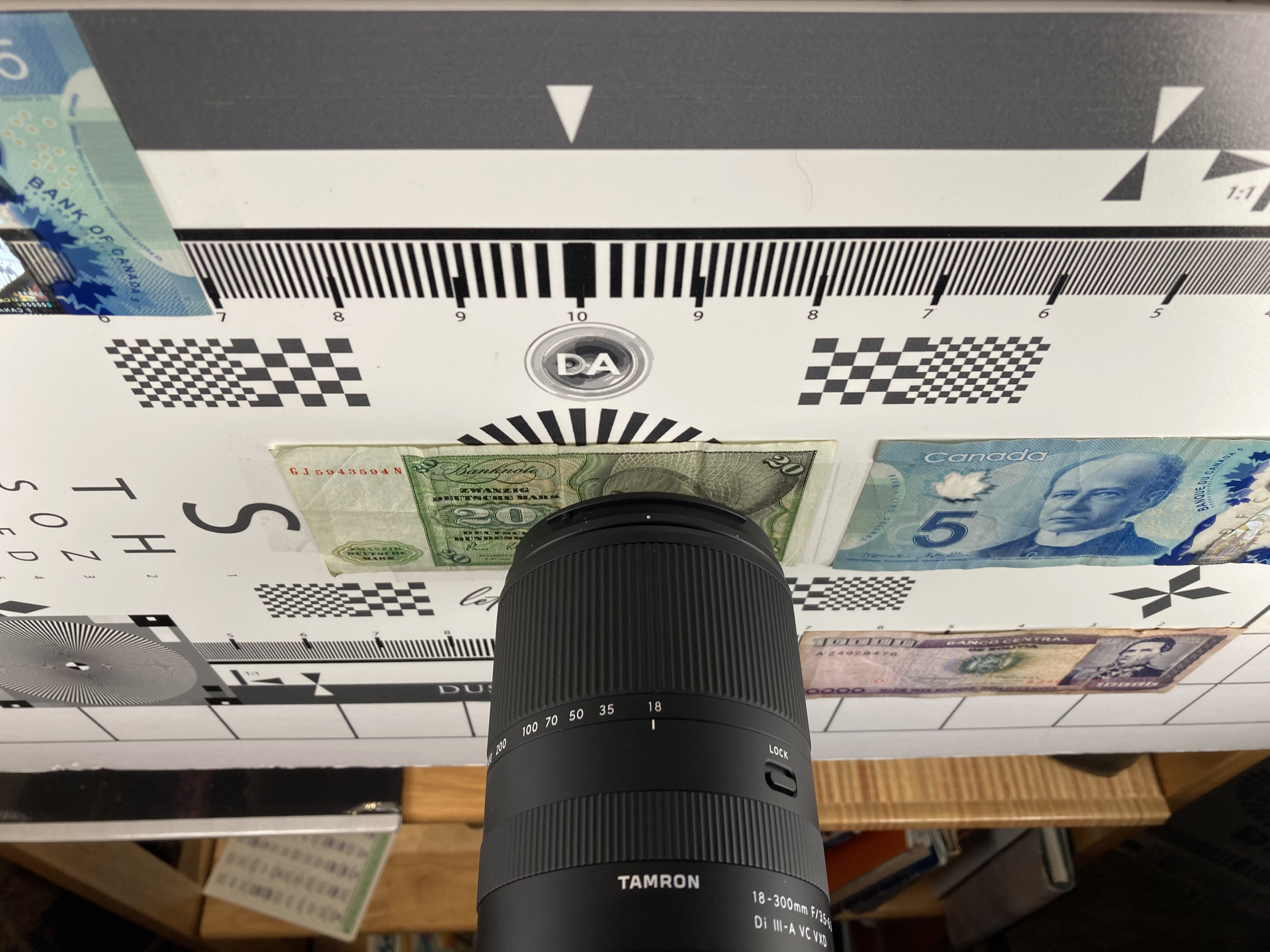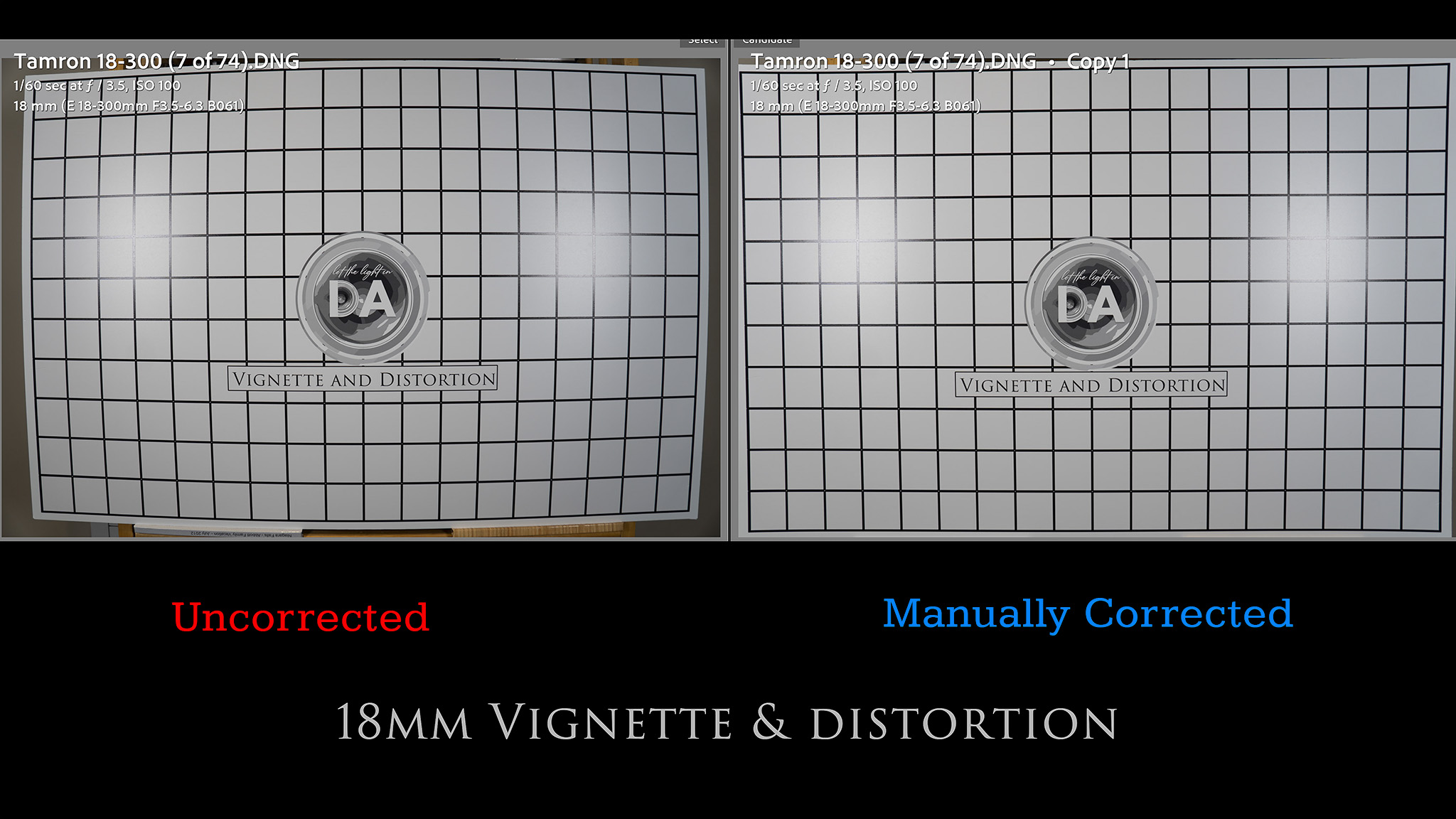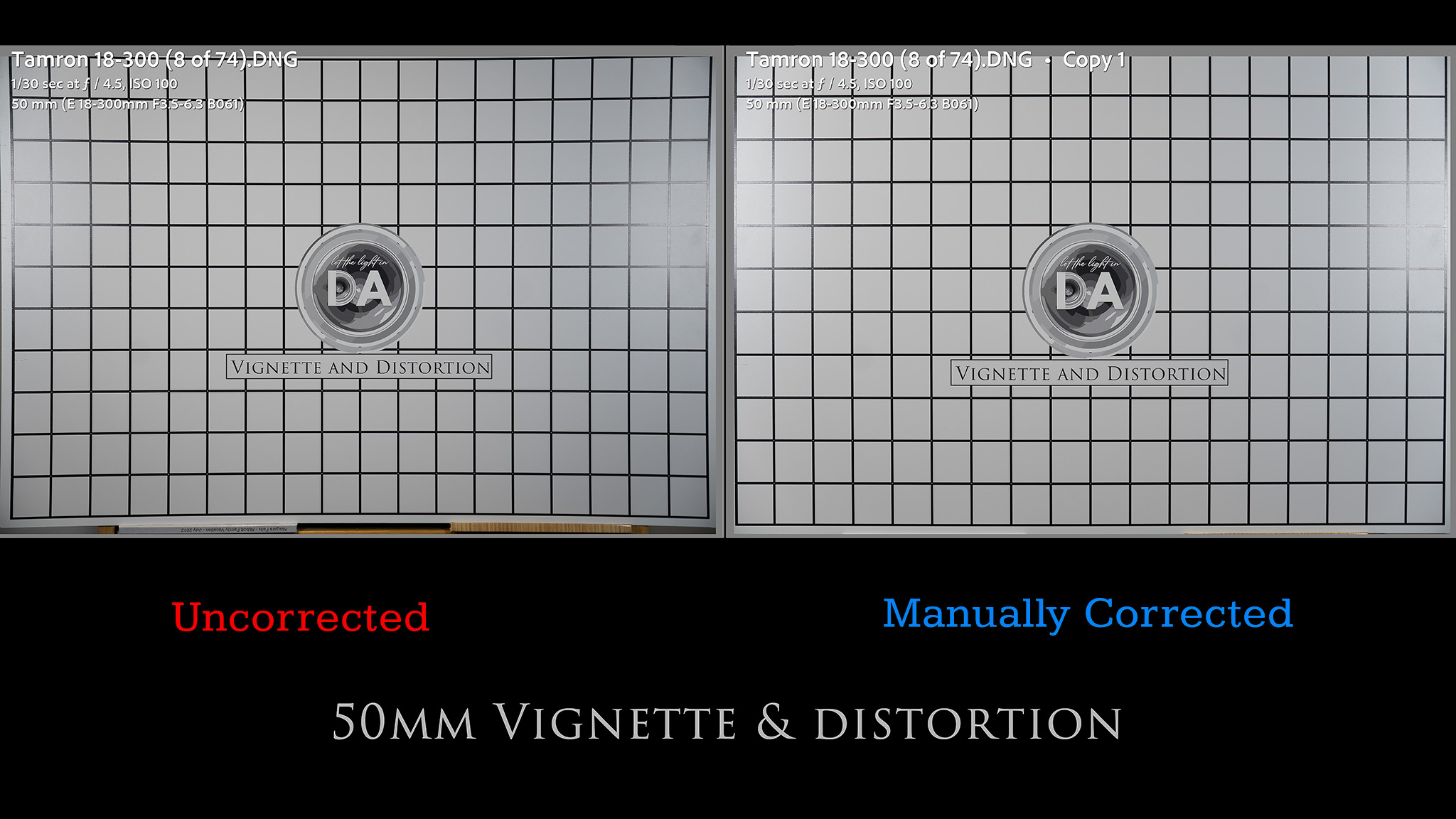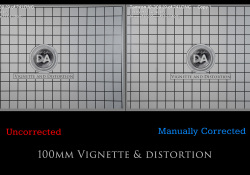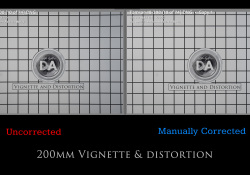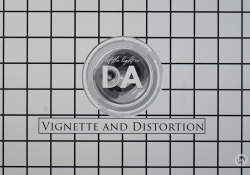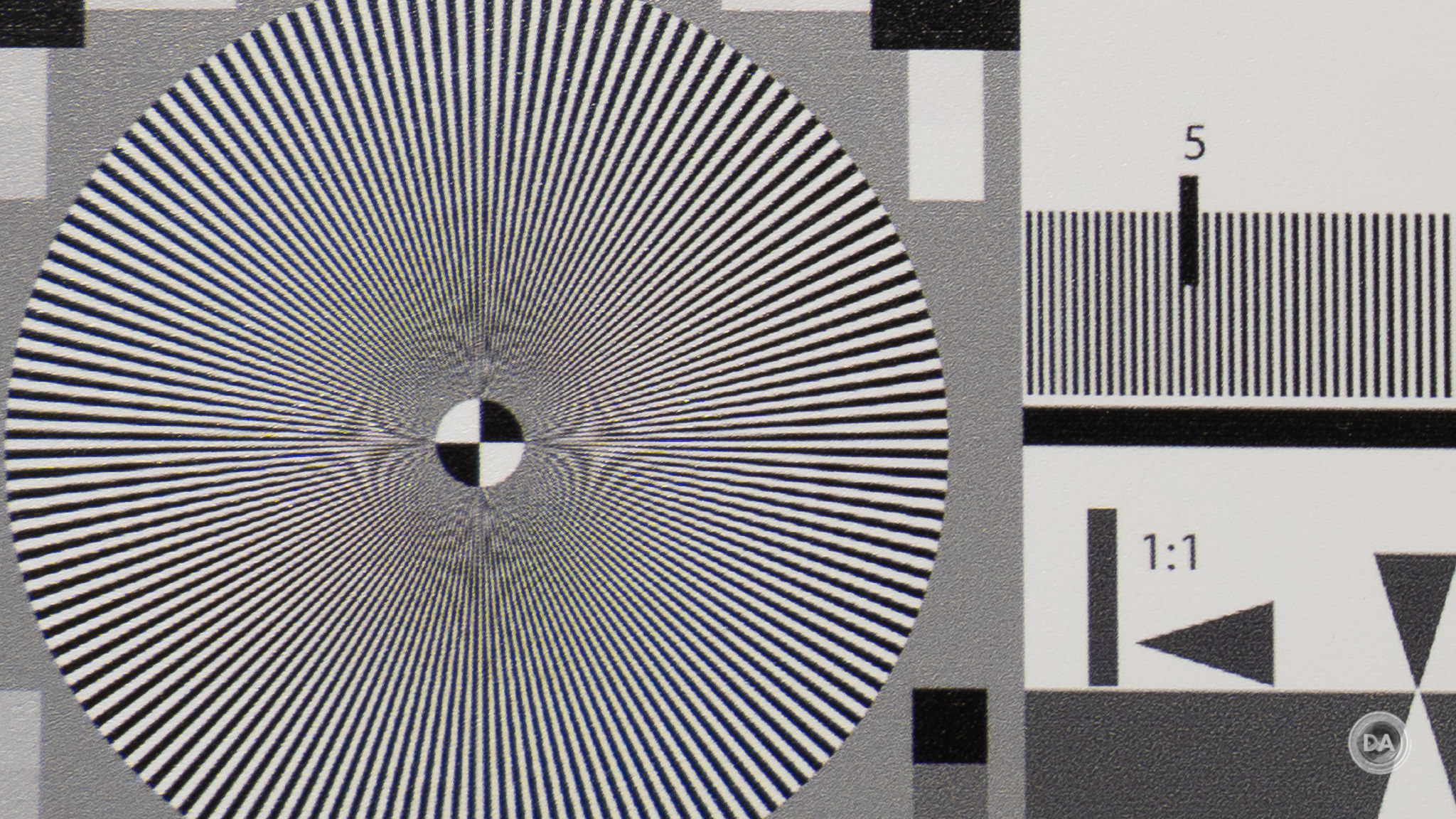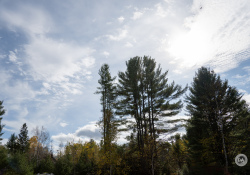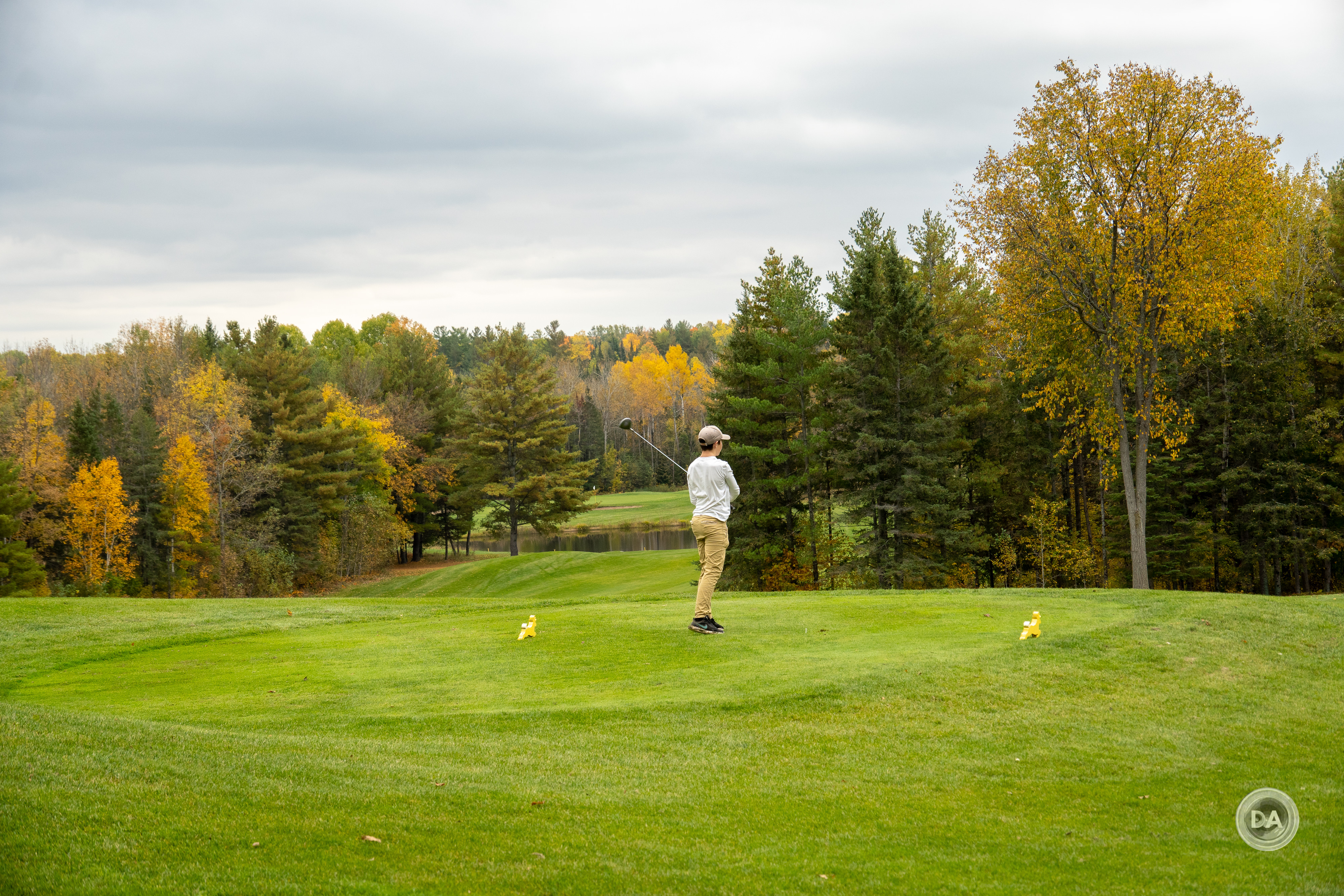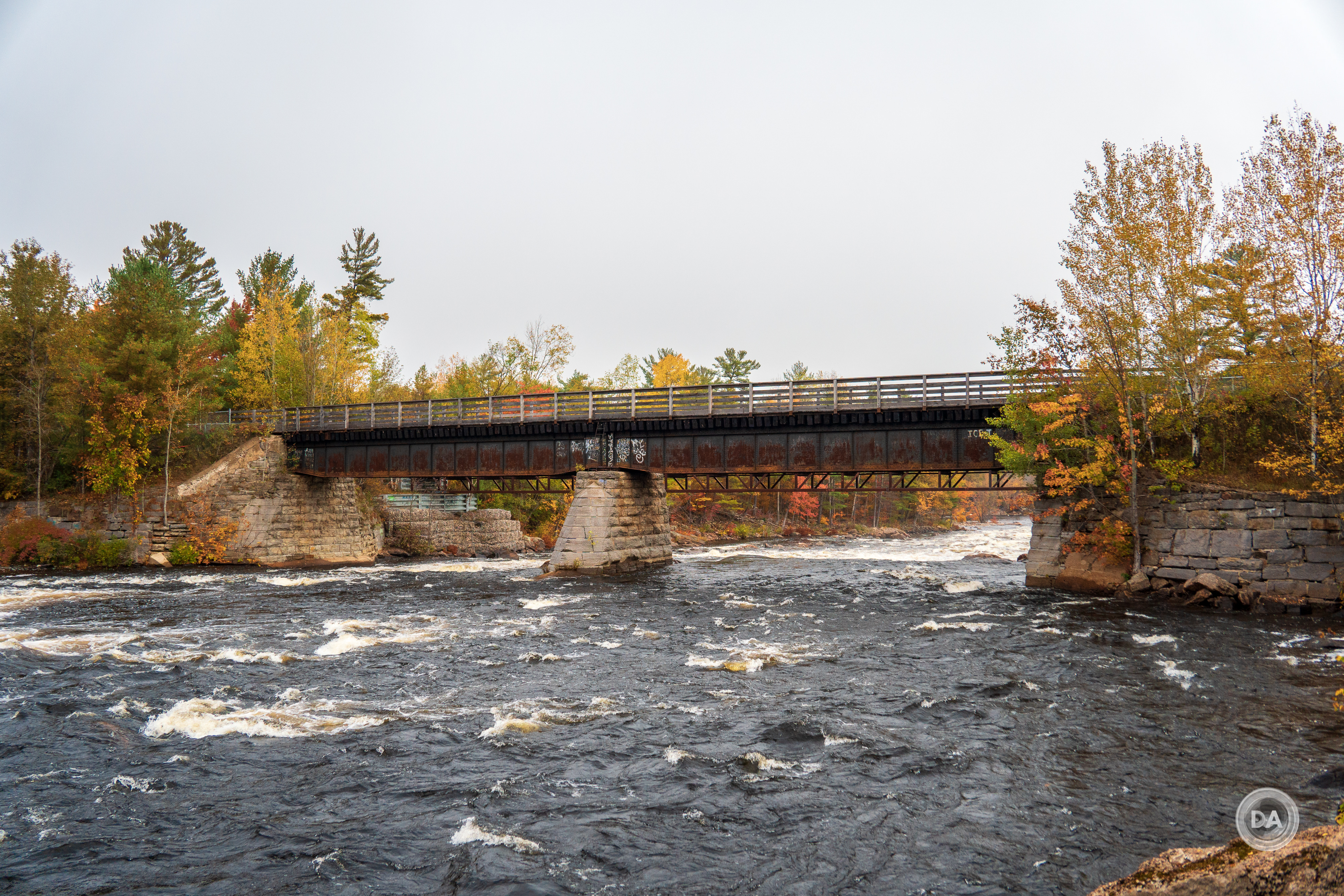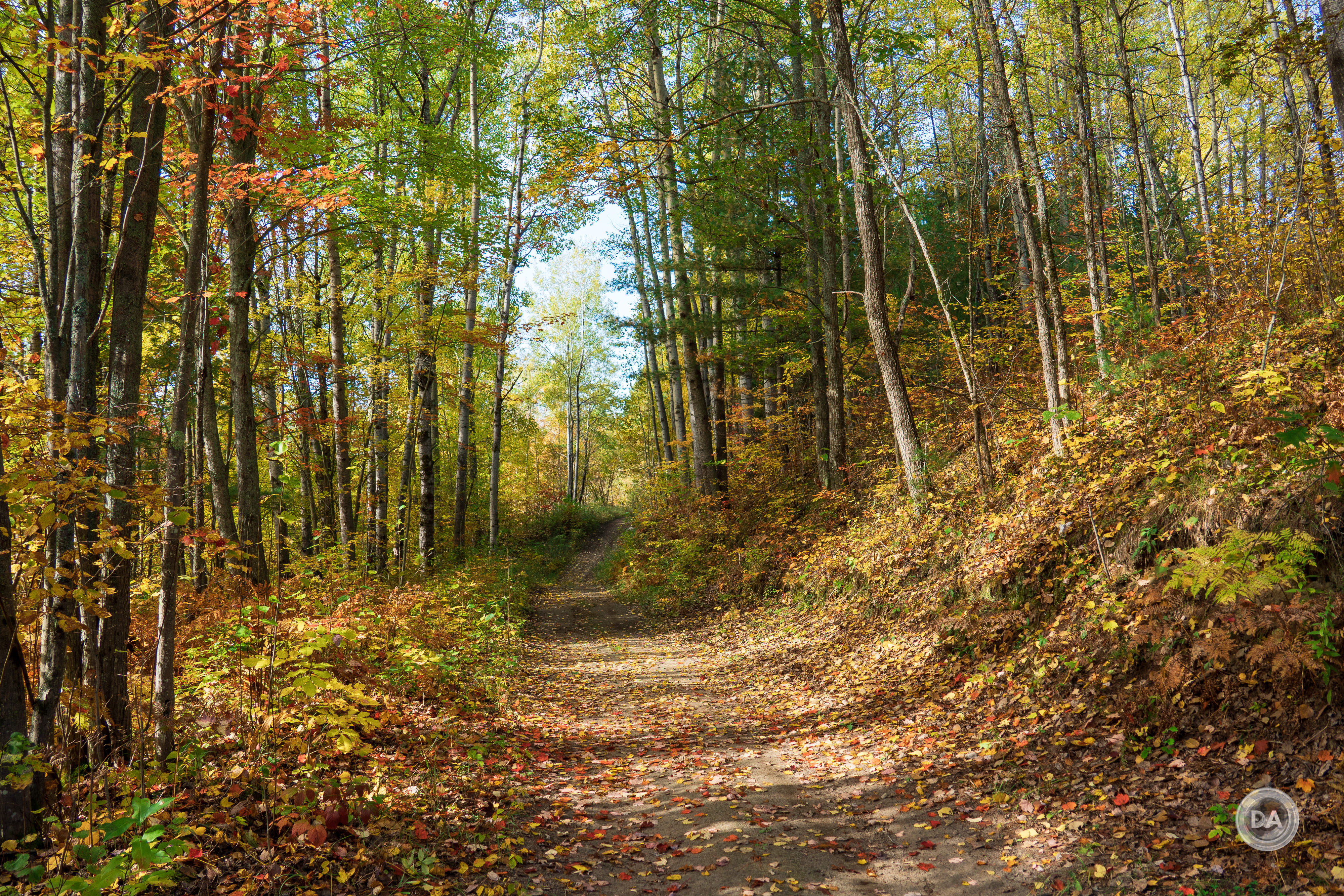The mirrorless revolution largely started with APS-C (and smaller) sensors, but over the past four years the primary focus in the industry has largely shifted to full frame. The majority of camera and lens development has been in that space for many brands, with Fujifilm as a large exception to that rule. Fuji has chosen to not develop for full frame and has instead focused on smaller (APS-C) and larger (Medium Format) sensors and lenses. On Sony, Canon, and Nikon, however, new lens development for their APS-C systems have been few and far between…until 2021. 2021 has been a year that has brought us a lot of excellent options for APS-C, including the Tamron 17-70mm F2.8 VC lens, (my review here), Tamron 11-20mm F2.8 (my review here), Samyang AF 12mm F2 (my review here), and, more recently, a new Sigma 18-50mm F2.8 DC DN zoom lens (my review coming soon). All of these are slightly more premium than usual, with wide maximum apertures, some degree of weather sealing, and quality optics. And now we have a new superzoom option: a stabilized nearly 17x zoom ratio zoom lens that is sure to become a favorite for those who travel or who prefer to never change lenses. The Tamron 18-300mm F3.5-6.3 Di III-A VX VXD is another “world’s first” from Tamron for this platform, and, like the Tamron 28-200mm F2.8-5.6 RXD, this lens has exceeded my expectations optically. *The tests and most of the photos that I share as a part of my review cycle of the B061 (Tamron’s internal code for this lens, which we will use in this review for brevity) have been done with the Sony a6400 and a6600 cameras.
I was recently asked if people were supposed to know what all those letters in a lens name meant. I know from experience on my channel and this website that many people don’t, so let’s quickly help you with “Tamron speak”. Di III is the designation that Tamron uses for mirrorless mounts, and, in this case, Di III-A refers to a lens designed for APS-C mirrorless cameras. VC refers to “Vibration Compensation”, which is Tamron’s term for an optical image stabilizer. VXD refers to the focus motor employed here (Voice-coil eXtreme-torque Drive), which is currently Tamron’s most premium autofocus system (which makes it surprising to me that it was employed here). So, the B061 is a lens designed for APS-C mirrorless cameras only, has optical stabilization, and has a high powered linear focus motor driving autofocus.
This all has important meaning for you as a potential buyer, however. First of all, this is the first Tamron Di III-A lens that is not just designed for Sony E-mount (the version I’m testing), but is also available for Fuji X-mount. This is hugely important, as it not only gives Fuji shooters a very nice new lens option, but is also the first Tamron development for the XF mount since Fuji opened up their mount to third party development. In my opinion this is extremely important to the long time survival and competitiveness of the Fujifilm XF system. Both Sony E-mount and Fuji X-mount cameras share a 1.5x crop factor, which means that the effective focal length of this lens is a full frame equivalent of 27-450mm, going from reasonably wide to extreme telephoto. You can go from this at 18mm:
…to this at 300mm:
That’s obviously going to be useful!
Optical stabilization is arguably even more important on APS-C than it is on full frame, as where all Sony full frame mirrorless cameras released in the past 4-5 years include IBIS (In-Body-Image-Stabilization), the same isn’t true of APS-C cameras. The a6400 (a current camera) that I used for most of this review doesn’t have stabilization, so being able to utilize the lens stabilization made a real world difference for me. I haven’t seen a CIPA rating on the stabilization, but this real world shot was taken at 1/25th second, 300mm, which means that it is getting about four stops of stabilization.
It’s not perfectly sharp, but definitely stable enough to use. Having stabilization on a lens that reaches so far is going to be useful, and Tamron also touts that AI technology helps to provide superior stabilization for video at shorter focal lengths (70mm or less).
Finally, having a premium autofocus system in the B061 shows that Tamron is not treating this like a second-tier lens but is giving it some serious technology. You can focus with speed and precision using the B061, which makes a tangible difference in its usability and flexibility.
The Tamron 18-300mm isn’t a small lens. It’s actually larger and heavier than the full frame 28-200mm RXD lens (my review here), which surprised me, but the B061 also has more than twice the zoom ratio (16.7x vs 7.1x). Tamron elected to make this lens good rather than just small, but this does define its audience. You can check out my thoughts as to whether or not the B061 should be on your radar in either the long format definitive or standard video review below…or just keep reading.
Follow Me @ Patreon | My Newsletter | Instagram | Facebook | DA Merchandise | Flickr | 500px
Thanks to Tamron USA for sending me a retail loaner copy of this lens. As always, this is a completely independent review. The opinions here are completely my own.
B061 Build, Handling, and Features
Like the Tamron 17-70mm F2.8, the B061 is really more like a full frame lens in terms of size and weight. It is a little on the large side for the a6400 body that I primarily used, but was a little better on the a6600 due to that camera’s larger grip. It will probably feel most at home on a bigger APS-C body like the Fujifilm X-T3 or X-T4. Like all other Tamron mirrorless lenses developed since 2018 (save the much bigger 150-500mm), the B061 has a 67mm front filter thread, and so you can easily share filters across multiple lenses. The B061 is 75.5mm (3″) in diameter (not huge), but it is quite a long lens for an APS-C lens at 125.6mm (nearly 5″). The closest competitor in length is the Tamron 17-70mm, which is 119.3mm (4.7″). But perhaps a better point of reference is the Sony 70-350mm F4.5-6.3 G OSS that has more shared focal length, which is longer still at 142mm and weighs 625g to the B061’s 620g. Here’s a look at how the specs break down:
Clearly Tamron’s priority here was not compact size and weight (though clearly the size and weight relative to the smaller zoom ratio 70-350mm holds up well). The size and weight may put off some potential buyers who really want to travel light, but Tamron’s engineering priority here was clearly to produce an optically excellent lens rather than a small one. I suspect that the basic physical realities of the B061 will produce a natural sorting effect on potential buyers. Here is is compared to the recent Sigma 18-50mm F2.8 DN, for example:
As has been Tamron’s design philosophy thus far, the design language is clean, modern, and without distractions. That’s the nice way of putting it. The glass half empty approach is to note that there are no features on the outside of the lens. No AF/MF switch, no switch for the VC, and definitely nothing like an aperture ring or focus hold button. The only physical feature outside of the focus and zoom rings is a zoom lock to prevent “zoom creep” during transport. Tamron has kept the prices on these lenses reasonable by focusing on excellent internals while adopting a fairly bare bones approach on the outside. It seems to be working, however, as Tamron’s sales on Sony have been brisk, and I suspect that this lens is highly anticipated in the Fuji community as well.
What you will find on the outside is two rings. The closer (and narrower) of the two is the manual focus ring. This (like all mirrorless lenses) is focus-by-wire, meaning that focus input on the focus ring is routed through the focus motor to move the elements. Manual focus emulation is okay though unexceptional. The focus ring moves easily but without a lot of feel; you won’t mistake this for a true manual focus lens. Fortunately you probably won’t need the MF ring often because autofocus is fantastic.
The second ring (wider and deeper ribbed) is the zoom ring. Twisting it will extend a double barreled zoom extension that reaches a maximum of about 8 cm. There’s no wobble to these inner barrels, but I could lightly feel a little extra tension as you transition from first one barrel extending to the second also extending. It’s not as smooth as zoom action with only one barrel, but neither did it feel rough or sticky. Tamron has done a good job with the challenging engineering feat of a lens that covers wide angle to extreme telephoto.
Tamron has included a nicely made (howbeit plain) petal-shaped lens hood that is rather shallow to avoid causing vignette at wide focal lengths. Telephoto focal lengths will probably depend more on internal coatings than on the lens hood for shading. The hood reverses in a nicely flush position to take up minimal extra width for storage.. It has deep ribs inside that disrupt stray light bouncing around. It’s plastic and lightweight, but the quality of the plastics is apparent by feel. It doesn’t feel as cheap as some hoods that I see and feels like it could take a few bumps without cracking.
The lens’ housing is a nice grade of engineered plastics with a satin finish. There’s a platinum-colored accept ring right near the lens mount. Nothing fancy on the outside, but the lens “look” is clean and it looks nice mounted on the camera.
As noted, however, the good stuff is inside. There’s a rubber gasket at the lens mount that suggests at the weather sealing inside, and Tamron also shows a total of 8 other internal seal points along with a fluorine coating on the front element to give further protection. A fluorine coating not only helps protect the front element from scratches but also makes it water and fingerprint resistant and thus easier to clean.
Tamron’s recent trends regarding MFD (minimum focus distance) hold true here, as the lens sports two different MFDs for wide (0.15m/5.9″) and telephoto (0.99m/39″). You can get to about 0.50x magnification on the wide end (1:2 macro) and 0.25x on the telephoto end. As is often the case with these arrangements, I don’t find the figure on the wide end particularly useful, however, as you have to get to within 5mm (0.2″) of your subject to achieve that magnification, which is near impossible even with macro lights because the lens is almost touching the subject. Distortion and field curvature is also exaggerated that close, leaving only a small “sweet spot” where focus is achieved. Here’s how close you get to your subject at that focus distance along with the resulting image:
That’s using bright lights close by to help. So, while the telephoto magnification figure is lower, achieving the result will be much simpler in the field and probably much more satisfying in the process. The end result at 300mm is quite good:
Minimum focus distance will scale between these two extremes as you go throughout the zoom range.
One useful application for that very close focus distance at 18mm will be for video, however, as it means that you basically will never hit a point in your shot where the lens can’t autofocus.
Tamron has seven rounded blades in the aperture iris, and they claim that the aperture iris will stay circular for two stops down from maximum aperture. I find there are fewer opportunities to put this to the test when you have a maximum aperture of 6.3 on the telephoto end of things, but here’s a look at an aperture series at F3.5, F5.6, and F8:
You can see a couple of things. First, the geometry isn’t too bad. There is some deformation near the edge of the frame, but is still reasonably round. A circular shape is maintained okay through F5.6, though you can definitely start to see the aperture blades by F8. Bokeh highlights are fairly clean for this type of lens, which helps contribute to fairly decent performance for defocused areas.
So, while the B061 does lack some bells and whistles, it is a nicely made lens that has some good things where it matters. The lens handles well, and, while I would like to have the AF/MF switch and On/Off for the VC, I won’t complain too much because A) I’ve come to expect this level of features from Tamron and B) what is here is nicely executed.
B061 Focus and Video Performance
As noted in my introduction, I was actually surprised to see Tamron give this lens what I consider to be their premier focus motor, the Voice-coil eXtreme-torque Drive (VXD), which is a high end linear focus motor.
I’ve seen this focus motor only on a couple of more premium lenses (the 70-180mm F2.8 VXD and the 150-500mm VXD). Both of these were telephoto lenses that benefited from increase torque in the more demanding telephoto range. It makes sense, though, as a frequent issue with superzoom lenses is that they focus fairly quickly on the wide end but slow down noticeably at the telephoto end. Tamron has avoided that by giving the lens a high-torque focus motor, but in doing so also showed that they were serious about the performance of this lens…serious enough to put expensive parts in it!
I didn’t notice any focus speed difference whether I was focusing at 18mm or 300mm.
While I wouldn’t recommend any lens like this as a dedicated sports lens, I think the focus speed will certainly be fast enough for those who “dabble” in a little wildlife or birding action, and it is probably fine for your kid’s soccer game.
I didn’t do portraits with the lens, but Eye AF worked fine and detected my subjects accurately for this shot.
I did a video test where I moved towards at the camera, in and out, at various speeds, and the focus system did a good job of tracking my eye. Likewise in my video focus pull tests, focus pulls were smooth and silent. On a further positive note I saw essentially no focus breathing (at least on the wider end), which adds even more value to the lens.
Real world focus results were excellent, and I have nothing negative to report on this front. The choice to use the VXD linear motor was a sound one.
Tamron 18-300mm VC Image Quality Breakdown
The Tamron 28-200mm F2.8-5.6 RXD really surprised me optically, mostly because my expectations were so low. I’ve tested a number of Tamron “superzoom” lenses, including multiple 18-200mm lenses, an 18-270mm, an 18-400mm, a 16-300mm, and a 28-300mm full frame zoom. The typical rule of thumb is that the larger the zoom range the lower the optical performance. There’s a lot of inherit compromises involved in making a lens that goes from very wide to very telephoto, and those typically come at the cost of optical flaws. The Tamron 28-200mm RXD was the first superzoom lens that I felt was optically good, period, without qualifying that statement by the modifier “for a superzoom lens”. The B061 might just be the second. You can tell even by looking at the MTF charts that this is far above average superzoom lens optically, and its optical formula of 19 elements in 15 groups really works.
That’s just a good MTF chart, period, but there’s more to the B061 than just sharpness. Somehow Tamron has managed to overcome a lot of the typical optical defects that I see on lenses like this.
*These tests are done on a 24MP Sony a6400 body.
First, let’s take a look at vignette and distortion, two areas that are often weaknesses for zoom lenses. The B061 does not escape unscathed here. There is some strong barrel distortion at 18mm.
On screen this was a tight framing of my chart, but the RAW file shows a very loose framing, showing that in camera I was seeing a corrected JPEG result but that Tamron is actually allowing space for the lens to be corrected and still be 18mm in framing. It took a +23 to correct for the distortion manually (no RAW profile exists as I am reviewing the lens before public release). There is only a faint “mustache” pattern that remains; the distortion is reasonably linear in nature. Vignette is surprisingly low (a trend on this lens), requiring a +28 to correct, which is only around a stop of so. That’s low enough that you probably won’t notice it much.
Moving on to 50mm eliminated the barrel distortion and actually shows a bit of an inversion to the pincushion distortion that we will see mild shades of throughout the remainder of the zoom range.
I only had to use a -7 to correct the distortion here, and a +40 corrected the vignette.
At 100mm the pincushion distortion actually diminishes (-4 to correct) while the vignette almost vanishes (+13 to correct). At 200mm the pincushion distortion stays the same (-4 to correct) while the vignette almost vanishes (+13 to correct). And, even more shocking is 300mm, where distortion dropped to needing only a -3 to correct and vignette remains extremely mild (+18).
Anywhere past 18mm is pretty much shocking in the distortion and vignette department. The distortion and vignette is just so mild that while I’m operating without a RAW profile at this stage, there just really isn’t much to correct. That is wholly unexpected for this type of lens. I’ve seen many of these type lenses where the lens was entirely dependent on software corrections to produce any semblance of proper optical performance, but that couldn’t be further from the truth here.
I did not see a problem with lateral chromatic aberrations in either my chart tests or real world images.
I also see only very, very minor longitudinal chromatic aberrations in this high contrast shot of light through water droplets on a spider’s web:
So, outside of the distortion at 18mm, the basic optical flaws are extremely well controlled here. That’s very impressive for a lens with such a big range. I owned a Tamron 18-270mm over a decade ago, and suffice it to say that it was nowhere near the class of performance we see here.
So how about sharpness and contrast? Here’s a look at the test chart we will be referencing for these tests, with the crops to be shown around the 200% magnification level. I had to use my smaller telephoto chart as I didn’t have room at 300mm to test with my bigger chart.
So let’s take a look at crops from the center, mid-frame, and bottom right corner at 18mm, F3.5:
That’s just impressive. Exceptional sharpness in the center of the frame, very good performance mid-frame, and even the corners have a fair amount of detail.
Stopping down does not result in any improvement in the center of the frame, but I do see some improvement in the midframe and corners. The corner performance now looks quite good at F5.6:
Real world results look excellent at landscape apertures like F5.6, with excellent detail and contrast across the frame.
If we check back in at 50mm, we find that maximum aperture has closed to F4.5. Here are the F4.5 crops from across the frame:
The center looks excellent, the mid-frame fairly good, but the corners are fairly soft. Stopping down to F8 will radically improve that corner performance, however.
By 100mm the maximum aperture has closed to F5.6, but image quality is still very strong. Here’s a look at a real-world, handheld image, and you still see from the crops that the detail is crisp…and the bokeh looks quite good, too.
By 200mm we are at the smallest maximum aperture of F6.3. Center performance remains excellent, though the mid-frame and corners aren’t quite as impressive. Here’s the crops:
Stopping to F8 improves detail and contrast, and again I found real world images perfectly useful at the more typical 100% magnification I would use (as opposed to the 200% crops I show for my tests).
At 300mm the sharpness and contrast is roughly the same, which is to say not as sharp as sub-200mm, but still very usable in the real world. This wide open 300mm image shows both beautiful detail and lovely bokeh.
I don’t think the B061 is as sharp at 300mm as, say, the Sony 70-350mm G, but that lens has a significantly reduced zoom ratio, so that result is expected. The MTF results show about a 10% difference, though, which isn’t too bad considering the Tamron is a superzoom. In the real world I was able to get a lot of results that I was perfectly happy with, like this.
I would say that my real world results were very similar to what I got with the Sony 18-135mm, which is impressive considering how much bigger the zoom range is on the Tamron.
A lens like this is not going to have the bokeh quality of, say, a 70-200mm F2.8 lens and its bright maximum aperture, but I actually thought the bokeh looked pretty good in a variety of situations, and, of course, the high degree of magnification does mean that you can really blow out backgrounds at the telephoto end.
The B061 has a fairly shallow lens hood, but it also has Tamron’s excellent BBAR G2 coatings, and those help to deal with flare reasonably well. In my typical sun tests, I thought the lens held up very well, but I did see a little more ghosting if I got close to one of my studio lights.
This is a fairly strong performance, though, and I saw very little ghosting and veiling when I panned across the sun in video mode.
All told, I really feel like Tamron has been able to mitigate a lot of the typical weaknesses of superzoom lenses, and I was definitely happier with the real-world images I got than what I have been with most lenses with very big zoom ratios in the past.
I got a lot of great looking images out of my time with the lens. I would definitely encourage you to check out the lens image gallery to see more. I had the good fortune to be shooting for this review in the Ontario, Canada autumn, which is my favorite season for photography!
Conclusion
The Tamron 18-300mm F3.5-6.3 Di III-A VX VXD is a very important lens for several reasons. Perhaps most important is that the B061 is Tamron’s first foray into the Fujifilm X-mount space. This ought to delight Fujifilm shooters, as finally the promise of the much-needed third party development for the platform is being realized. The slightly larger size of the B061 makes it a nice pairing on a more robust camera like the X-T3 or X-T4, and the VC (optical stabilizer) means that X-T3 shooters (or other similar cameras) have a stabilized lens to attach to their non-stabilized camera body. But I think the B061 is also an important addition to the Sony E-mount platform, as it gives Sony shooters access to a kind of lens that they have been lacking before – a true all-in-one lens that is actually competent. I like the Sony E 18-135mm OSS quite a lot and gave it a positive review, but the reality is that the Tamron 18-300mm gives you a 16.7x zoom ratio compared to a 7.5x zoom ratio for only $50 more, and with essentially identical image quality over the shared focal range. The only compelling reason to choose the Sony lens is if having a very compact lens is a priority for you.
The B061 offers a good build quality with excellent attention to detail in the weather sealing. It doesn’t have much in terms of bells and whistles on the lens barrel, but, frankly, neither does the competition. It also adds the potential for more close-ups than competitors, which is certainly a useful addition. And, above all, it really hard to argue against a lens that gives you this kind of zoom range:
The close focus abilities will help it to be a good lens to mount on a gimbal or slider for video work, as on the wide end you essentially can’t exceed the focus limit. But probably most important is that Tamron has managed to “out-engineer” many of the typical shortcomings of all-in-one lenses and ensure that the lens is perfectly usable at all focal lengths. Yes, there are spots in the zoom range that are sharper than others, but I was able to get good quality images throughout the zoom range in a variety of situations, and that is, arguably, the most important factor of all. You aren’t sacrificing much in terms of image quality compared to alternative lenses while adding many layers of flexibility, and that makes the B061 a winner. If you are looking for a great travel option or just don’t like to change lenses – and you don’t mind a little more size and weight – then the Tamron 18-300mm VC VXD should jump to the top of your list of potential new lenses.
Pros:
- Stunning zoom range covers wide to extreme telephoto
- Advanced weather sealing with 9 seal points
- Fluorine coating
- Powerful VXD focus motor
- Included VC (image stabilizer)
- Good build and action of rings
- Quick and quiet autofocus
- Very little focus breathing
- Fairly strong optical performance throughout zoom range
- Low vignette
- Low distortion outside of 18mm
- Very good magnification levels
- Available in Fuji X-mount!!!
Cons:
- Lens quite large and heavy for APS-C bodies
- No AF/MF switch
- Significant barrel distortion at 18mm
- Some softening of images at 200mm and beyond.
Gear Used:
Purchase the Tamron 18-300mm F3.5-6.3 VC @ B&H Photo | Amazon |Amplis Foto (use code AMPLIS52018DA for 5% off) | Camera Canada | Amazon Canada | Amazon UK | Amazon Germany
Purchase the Sony E 18-135mm F3.5-5.6 OSS @ B&H Photo | Amazon | Camera Canada | Amazon Canada | Amazon UK | Amazon Germany | Ebay
Purchase the Sony a6600 @ B&H Photo | Amazon | Camera Canada | Amazon Canada | Amazon UK | Amazon Germany | Ebay
Purchase the Sony a6400 @ B&H Photo | Amazon | Amazon Canada | Amazon UK | Amazon Germany | Ebay
Buy DA Merchandise https://bit.ly/TWIMerch
Purchase a Sony a7C @ B&H Photo | Amazon | Camera Canada | Amazon Canada | Amazon UK | Amazon Germany | Ebay
Peak Design Leash Strap: Peak Design Store | B&H Photo | Amazon | Amazon Canada | Amazon UK
Adobe Photoshop Creative Cloud 1-Year Subscription
Exposure Software X6 (Use Code “dustinabbott” to get 10% anything and everything)
Visit Dustin’s Amazon Storefront and see his favorite gear

Purchasing your gear through B&H and these links helps fund this website and keeps the articles coming. You can also make a donation here if you would like. Visit my Amazon page for some of my gear of choice! Thank you for your support.
Great News! I can now offer a 5% discount on all purchases at Amplis Foto, Canada’s Leading Photographic Supplier. Please enter discount code: AMPLIS52018DA in your cart. It is good for everything in your cart, and is stackable with other coupons, too! It will take 5% off your entire order! Proceeds go towards keeping this site going and providing you with new reviews!
Check me out on: My Patreon | Sign Up for My Newsletter | Instagram | Facebook | Twitter | Flickr | 500px | Google+ |
Keywords: Tamron 18-300mm F3.5-6.3, VC, VXD, withmytamron, B061, Tamron 18-300 VC, VXD, F2.8, 18-300mm, Di-IIIa, Sony, E-mount, Tamron 18-300mm Review, Tamron 18-300 review, Review, Sony a6400, Sony a6600, Hands On, Dustin Abbott, Real World, Comparison, Sharpness, Autofocus, Image Quality, Sample Images, Video, Photography, Travel, Astrophotography Let the Light In, Autumn, Canada



